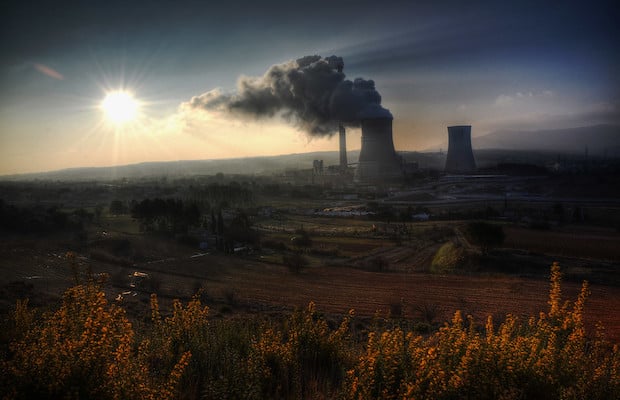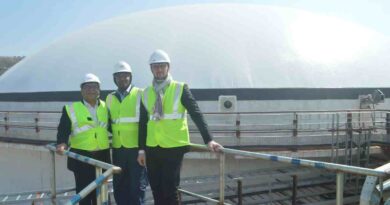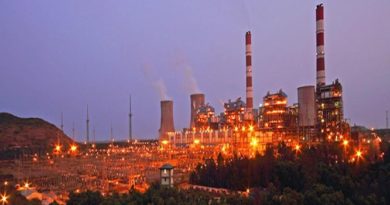Researchers Develop More Efficient, Cost Effective Method for Carbon Capture & Conversion

As carbon capture and conversion gathers steam around the world, researchers at the University of Sydney and University of Toronto have released a study on a new chemical process that gives carbon capture and conversion more value. This is achieved by converting captured CO2 into multi-carbon products like ethylene. These products have wide applications from pharmaceuticals to plastics.
The team of researchers has introduced a novel acid-based electrochemical process that looks to convert CO2 captured from emission sources or directly from air.
Recently, the Australian Academy of Science also published a report shedding light on the importance of coupling carbon capture a curb on emission in order to put a cap on global heating at 1.5 °C.
The new method, that has found space in Nature Synthesis, varies from the exisiting CO2 conversion methods as the new method introduced is acidic, so it is neither not alkaline, nor neutral – reactive chemical. As per the study, there is a a twofold improvement in energy efficiency as against the the team’s previous benchmark work, that involved the conversion of CO2 to multicarbon products like ethylene and ethanol.
Multicarbon products
Multicarbon products are most commonly derived from extraction of oil. Ethylene is the precursor of polyethylene – a kind of plastic used in daily products.
The catalyst functions by adding an acidic electrolyte, with more carbon being utilised for conversion in the process compared with alkaline-based solutions. When being treated with electricity, the catalyst catalyses the CO2 into multicarbon products.
“Our catalyst system allows for more multicarbon products to be converted from CO2, essentially giving carbon capture more “bang for buck” by creating a secondary market of materials,” said Dr Fengwang Li, a corresponding author from the School of Chemical and Biomolecular Engineering.
“However, until now, converting CO2 into multicarbon products in acidic media has been challenging. Using an adlayer system, the catalyst acquires a reactive environment that is favourable for multicarbon formation at an energy-efficient operating condition,” Dr Li said.
The study’s lead author, research scientist at the CSIRO Energy Centre, Dr Yong Zhao remarked, “Governments and industry are becoming increasingly aware of the necessity of carbon capture, but conversion is not just a ‘nice to have’. By converting CO2, rather than simply capturing and burying it, we can create fully circular carbon economies, potentially reducing the reliance of oil extraction to create ethylene.”
“This process is an important step towards creating large-scale carbon capture and conversion systems that turn carbon capture into a value-add industry, thereby increasing its financial viability and creating a more solid commercial basis for carbon removals,” said Dr Zhao, who conducted the research while at the University of Sydney.
“While the overall goal worldwide should be to slash emissions by transitioning to renewables and moving away from the burning of fossil fuels, the transition for heavy industry will take time, making the capturing of CO2 at the emissions site an important interim step,” he said.
The researchers have already chalked out their next plan, which is to once again double the energy efficiency of the process. “If we want our process to be deployed at scale and used by industry, we need to double efficiency again and improve stability. That will be our key focus moving forward,” Dr Li said.




